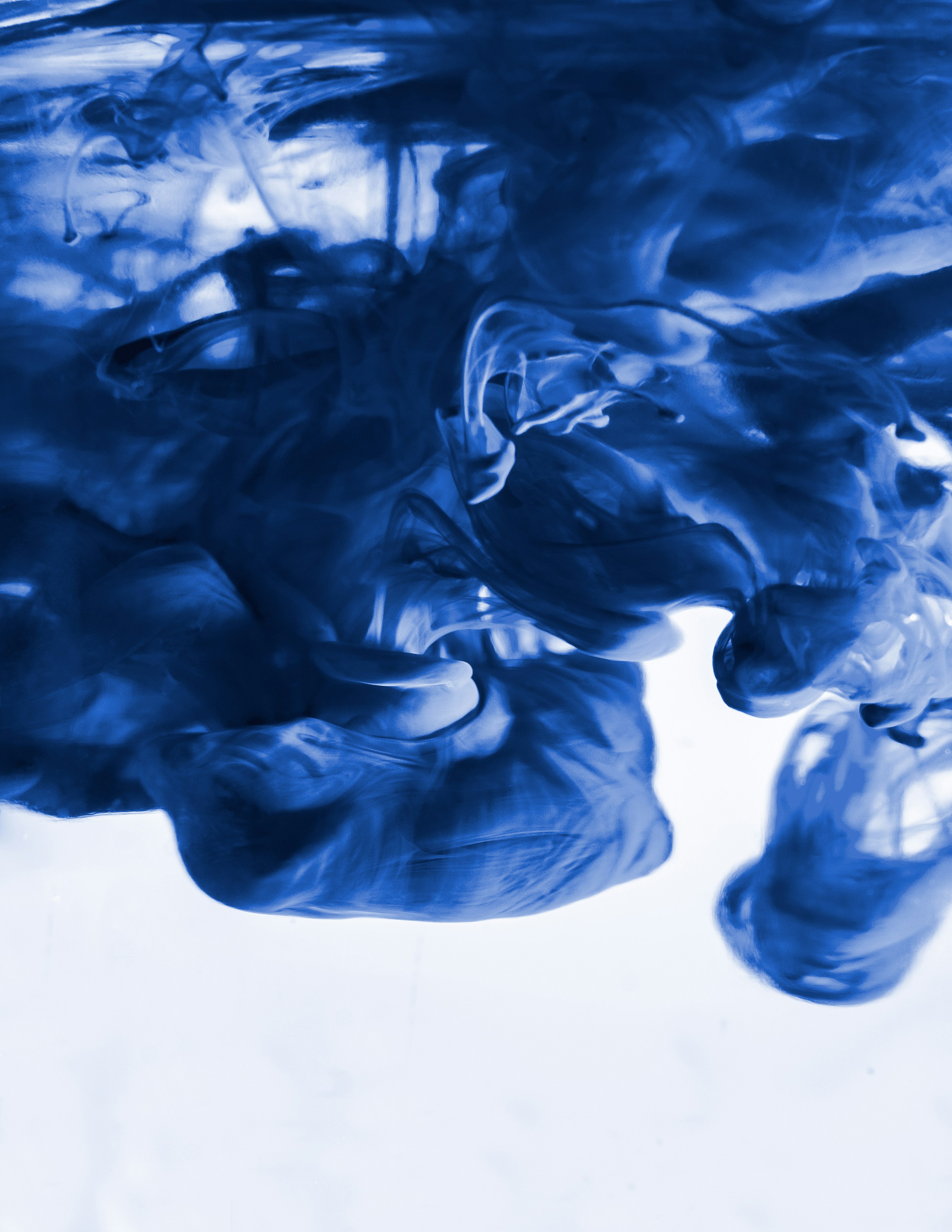What Are the Best Practices for Using DTF Printer Ink to Achieve Optimal Results?
Are you ready to take your printing game to the next level? DTF (Direct-to-Film) printing is revolutionizing the way designs are transferred onto fabrics, and using the right DTF printer ink can make all the difference. Whether you’re a seasoned professional or just starting out in this exciting world of custom garments, understanding how to effectively use DTF printer ink will help you achieve vibrant colors and exceptional detail in your prints. Dive into our guide and discover best practices that will elevate your printing results from good to outstanding!
Understanding DTF Printing and Its Benefits
DTF printing, or Direct-to-Film printing, is a cutting-edge technology that allows for high-quality designs to be transferred onto various fabrics. This method involves printing your artwork onto a special film and then using heat transfer to apply it to the material.
One of the standout benefits of DTF printing is its versatility. It works well on cotton, polyester, and blends, making it ideal for custom apparel and merchandise.
Another significant advantage is dtf printer ink color vibrancy. The inks used in DTF provide rich hues that remain vivid even after multiple washes. Additionally, this process enables intricate designs with fine details that might be challenging with other methods.
Moreover, DTF’s simplicity means less setup time compared to traditional screen printing techniques. As a result, you can tackle small or large orders efficiently without compromising on quality.
Factors to Consider When Choosing DTF Printer Ink
Choosing the right DTF printer ink is crucial for achieving vibrant prints. One of the first factors to consider is compatibility with your printer model. Not all inks are created equal, and using incompatible ink can lead to poor quality or even damage.
Next, evaluate the color gamut. High-quality inks offer a wider range of colors, which results in more vivid and true-to-life images. Look for reviews or samples that showcase the vibrancy of their output.
Additionally, think about durability. Some inks are designed to withstand washing and fading better than others. If you’re printing on garments intended for heavy use, choose an ink known for its longevity.
Consider cost-effectiveness. While it may be tempting to opt for cheaper options, investing in high-quality DTF printer ink pays off with superior results and less frequent replacement needs.
Tips for Properly Preparing Your Printer for DTF Printing

Proper preparation is crucial for successful DTF printing. Start by ensuring your printer is clean. Dust and ink residue can affect print quality, leading to unsatisfactory results.
Next, check the print head alignment. Misalignment can cause streaks or incomplete prints. Use the printer’s built-in utility to align it accurately before you begin.
Don’t forget about your film transfer sheets. Make sure they are compatible with your DTF ink and printer model. Using the right materials will enhance adhesion and color vibrancy.
Also, adjust your printer settings according to the type of fabric you’ll be printing on. Higher resolution settings may yield better detail but might slow down production speed.
Run a test print on a scrap piece first. This practice allows you to troubleshoot any issues without wasting valuable materials during actual projects.
Step-by-Step Guide for Using DTF Printer Ink
Begin by gathering all the necessary materials. You’ll need your DTF printer, transfer film, heat press, and of course, high-quality dtf printer ink.
Next, prepare your design on a compatible software program. Ensure it’s in the right format for printing. Once ready, load the transfer film into your printer.
Adjust settings according to manufacturer guidelines. This will help ensure proper ink application and prevent clogs. Print a test page first to check alignment and color accuracy.
After printing, let the design dry for a few minutes before transferring it onto fabric. Preheat your heat press to the recommended temperature for optimal adhesion.
Carefully position your printed film onto the fabric and apply pressure with even heat distribution. Allow it to cool before peeling off the transfer film gently.
Take care during this process; precision is key for vibrant results!
Common Mistakes to Avoid When Using DTF Printer Ink

One common mistake is using the wrong type of DTF printer ink. Each printer model requires specific ink formulations. Always check compatibility before making a purchase.
Another issue arises from improper mixing or shaking of inks. This can lead to inconsistent colors and poor print quality. Take your time to ensure thorough mixing for uniform results.
Ignoring maintenance routines also hampers performance. Clogged nozzles can be detrimental, so regular cleaning is essential. It’s an easy step that many overlook but crucial for optimal function.
Temperature control plays a significant role too. Using DTF printer ink in environments that are either too hot or too cold can affect adhesion and longevity.
Avoid rushing the drying process after printing. Proper curing allows the design to bond effectively with fabrics, ensuring durability and vibrancy over time.
Maintenance and Storage Tips for DTF Printer Ink
Proper maintenance and storage of DTF printer ink are crucial for ensuring consistent performance. Start by keeping the ink cartridges clean. Regularly check for clogs or buildup that could affect print quality.
Temperature plays a significant role in ink longevity. Store your dtf printer ink manufacturer DTF printer ink in a cool, dry place away from direct sunlight. Excessive heat can degrade the quality of the ink over time.
Also, ensure that you seal containers tightly after use to prevent evaporation and contamination. Periodically inspect your stock for any signs of leakage or damage.
Always follow manufacturer recommendations regarding shelf life and usage frequency. Using older inks may lead to subpar results in printing projects. Taking these simple steps helps maintain vibrant colors and sharp details every time you print.
Conclusion: Achieving High-Quality Results with DTF Printer Ink
Achieving high-quality results with DTF printer ink is a combination of understanding the technology and applying best practices. Start by selecting the right ink for your specific needs; this can make all the difference in your print quality. Proper preparation of your printer ensures that everything runs smoothly during production.
Following a clear step-by-step guide helps you navigate through the printing process, minimizing errors along the way. Being aware of common mistakes will save time and resources, allowing you to focus on creating stunning designs without frustration.
Implementing maintenance routines and proper storage for your DTF printer ink will extend its lifespan while preserving performance. By keeping these tips in mind, you’re well on your way to achieving vibrant prints that stand out from the competition. Your journey into DTF printing can be rewarding when approached with care and attention to detail.









